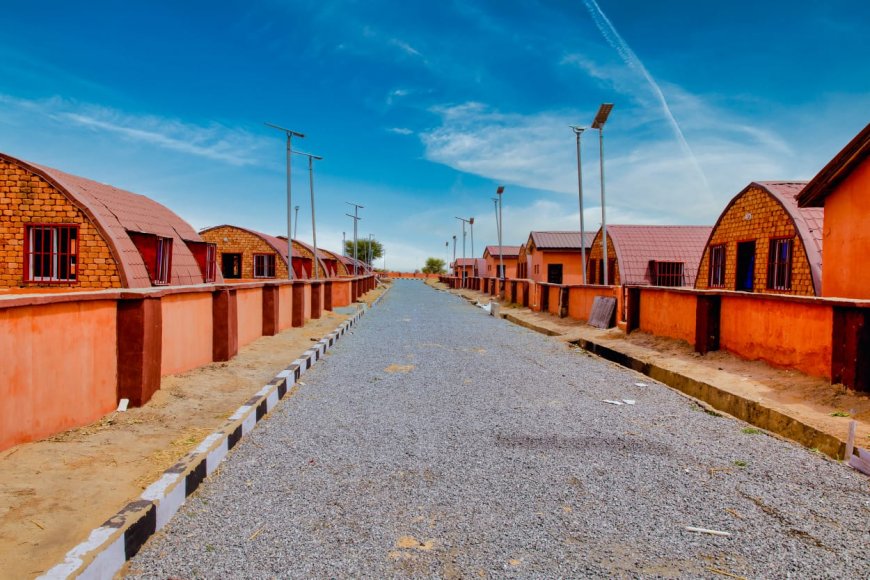Moscow Showcases Libyan Petroglyphs and Rock Art

OMOARELOJIE Ernest
Abuja
Moscow city hasplayed host to art connoisseurs from across the world to have a first view of an array of Libyan Petroglyphs and Rock Art. The event, which took place early July was at the instance of the Moscow's Commission for Public Security and People's Diplomacy of the Council of Nationalities.
Dedicated to the 70th anniversary of diplomatic ties between moscow and Tripoli, the exhibition, which was co-presented by Libyan Embassy, Moscow House of Nationalities and the Lomonosov Moscow State University, the exhibition also received support from the Russian Embassy both ederation in Tunisia and the Rossotrudnichestvo Representative Office in the Republic of Tunisia.
Among others, the exhibition featured Libya's ancient cultural artifacts discovered in the vast expanse of the Sahara Desert-a region spanning thousands of square kilometers. The rock paintings and petroglyphs have been declared Treasures of Humanity by UNESCO.
In an effort to preserve the monument, Libya commissioned several enormous open-air museums, including Wadi Mathendoush, Uweinat, and the Acacus Mountains, which remain unexplored terriritories (terra incognita) for most Russians.
The exhibition also featured original photographic works of N.A. Sologubovsky-rock art and petroglyphs from four key periods of Saharan rock painting covering the Era of Hunter, estimated between 12,000-10,000 BCE and 8,000-4,000 BCE; Era of Pastorialists, 8,000–4,000 BCE to 4,500–1,500 BCE; Era of the Horse; 11th century BCE to around 500 CE and Era of the Camel, 1st century BCE to 5th century CE.
While the first Era is characterized by massive petroglyphs of wild animals and humanoid figures, the second is marked multicolored frescoes of animals and daily life scenes.
The third era is said to coincide with the Garamantes Kingdom in Fezzan.
Remarkably, the four eras indicate overlaps in the same caves, with layers of art often intertwining, complementing, or contrasting with one another. The rock paintings and petroglyphs, created by unknown masters, form a thread stretching back millennia, connecting us to the people who lived at the dawn of human history. They sheds light on Africa’s past and also clarify questions about the cultural heritage of the Mediterranean.
Courtesy Russian researchers, glimpse a lost world of ancient art hidden in the endless sands of the Sahara are now available. Participants at the expeditions include: A.B. Podtserob, a historian, orientalist, scientist, diplomat, and Ambassador Extraordinary and Plenipotentiary of the USSR/Russia to Libya, 1976–1980 and 1996–2000. Others are N.A. Sologubovsky, historian, orientalist, writer, and filmmaker and I.N. Sologubovsky, orientalist, designer, and architect.
The opening ceremony was attended by representatives of the Libyan Embassy in Russia, foreign diplomats accredited in Russia, officials from the Russian Ministry of Foreign Affairs and Rossotrudnichestvo, scientists, cultural figures, university representatives, and students.
Also present were delegates from Lomonosov Moscow State University, the Institute for African Studies and the Institute of Oriental Studies of the Russian Academy of Sciences, Russian and foreign media, and leaders of national-cultural and public organizations in Moscow.
The event, which is aimed at bringing people together, drawing public attention to Libya during the challenging transition towards new statehood, also featured the presentation of a new book on the Libyan Sahara and screenings of Libyan and Russian films.
Meanwhile, plans are underway to display the exhibition in other Russian cities and across the world.
What's Your Reaction?





















































